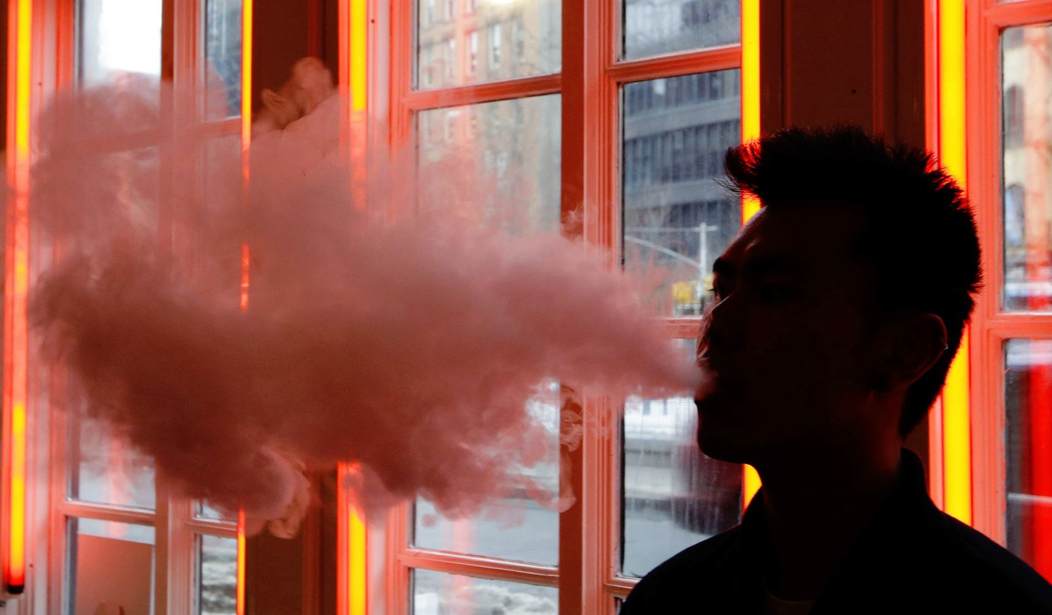The landscape of tobacco products has significantly evolved in recent decades, particularly with the advent of tobacco harm reduction products. With e-cigarettes, heated tobacco products (HTPs), and oral nicotine, millions of adults are switching to less harmful alternatives while still accessing nicotine. However, more than 30 million American adults who smoke are missing a crucial tool in this harm reduction toolbox, HTPs. In many countries, the introduction of HTPs has led to significant declines in smoking rates. Unfortunately, due to restrictive regulations imposed by the U.S. Food and Drug Administration (FDA), these products are not widely available in the United States.
HTP technology dates to the 1980s, but early devices did not achieve significant market success. In the early 2000s, tobacco companies intensified their research and development efforts, culminating in the introduction of modern HTPs. British American Tobacco (BAT) and Philip Morris International (PMI) launched their HTPs in 2014, with BAT releasing an additional product the following year. By 2023, at least three of the four major transnational tobacco companies offered HTPs, with global total sales forecasted to reach approximately $68 billion by 2027, “a seven-fold increase from 2020.”
The introduction of HTPs has led to promising reductions in smoking rates among adults in various countries. In Japan, a 2020 study found that between 2011 and 2015, cigarette sales were declining at a “slow but steady place,” but that the “pace of decline in cigarette sales accelerated beginning in 2016,” or after HTPs were introduced. A May 2024 research report indicated that over the past decade, the introduction of HTPs in Japan resulted in a 52 percent decline in cigarette sales. The American Cancer Society traditionally opposed to tobacco harm reduction products, even acknowledged that HTP “likely reduced cigarette sales in Japan.”
Research suggests that HTPs are predominantly used by current smokers or those who have switched to these safer alternatives. A March 2024 study by the Korea Institute of Industrial Economics and Trade found that 99.4 percent of HTP users had either switched from cigarettes or were dual users, with only 0.6 percent of HTP users not having previously smoked cigarettes. Even tobacco manufacturers are observing a shift among adults who smoke. PMI’s second-quarter report for 2024 estimated that 30.8 million adults were using their HTP IQOS, with nearly 72 percent (22.1 million) have fully switched and stopped smoking traditional cigarettes.
Recommended
Despite these international trends, very few of these HTP users are in the United States. Tobacco manufacturers face significant challenges in bringing these safer alternatives to the U.S. market due to a stringent regulatory process. It is currently easier to bring combustible cigarettes to market than a variety of tobacco harm reduction products, including e-cigarettes and HTPs. While PMI has received an FDA authorization order, including a modified risk tobacco product order allowing them to market IQOS as less harmful, patent disputes and an overly cautious regulatory framework have hindered a full rollout in the U.S. IQOS is one of only two HTPs authorized by the FDA to be available in the American market.
Modern HTPs, like many other less harmful cigarette alternatives, must apply to the FDA through the premarket tobacco product application (PMTA) process. This process involves stringent requirements, including large clinical trials and other provisions, costing companies billions of dollars. As of July 2024, the FDA has authorized only 56 products under the PMTA pathway, eight of which are HTPs.
HTPs are a missing tool for the more than 30 million American adults who smoke. While the use of other harm reduction products, including e-cigarettes and oral nicotine, has led to sharp declines in smoking rates, these products may not be satisfactory enough for some adults to make a full switch. HTPs provide an additional option in the tobacco harm reduction toolbox that could further reduce smoking rates, especially among older generations where smoking rates are rising.
The introduction of such products is also enabling tobacco manufacturers to move beyond combustible cigarettes, which are arguably the most harmful tobacco product available. According to PMI’s second-quarter report, smokefree products accounted for 38.1 percent of the company’s total net revenues, with an estimated 36.5 million smokefree users, 84.3 percent of whom use HTPs.
It's time for America to move beyond outdated perceptions of smoking and reform the 2009 Family Smoking Prevention and Tobacco Control Act, which requires companies wanting to bring less harmful products to market to seek FDA authorization through the stringent PMTA pathway. Since 2009, innovation has driven a technological revolution in tobacco harm reduction, introducing thousands of less harmful products and leading to decreases in smoking rates. It's time for the U.S. to reform the processes that hinder access to these products.
Lindsey Stroud is a Senior Fellow at the Taxpayers Protection Alliance.

























Join the conversation as a VIP Member